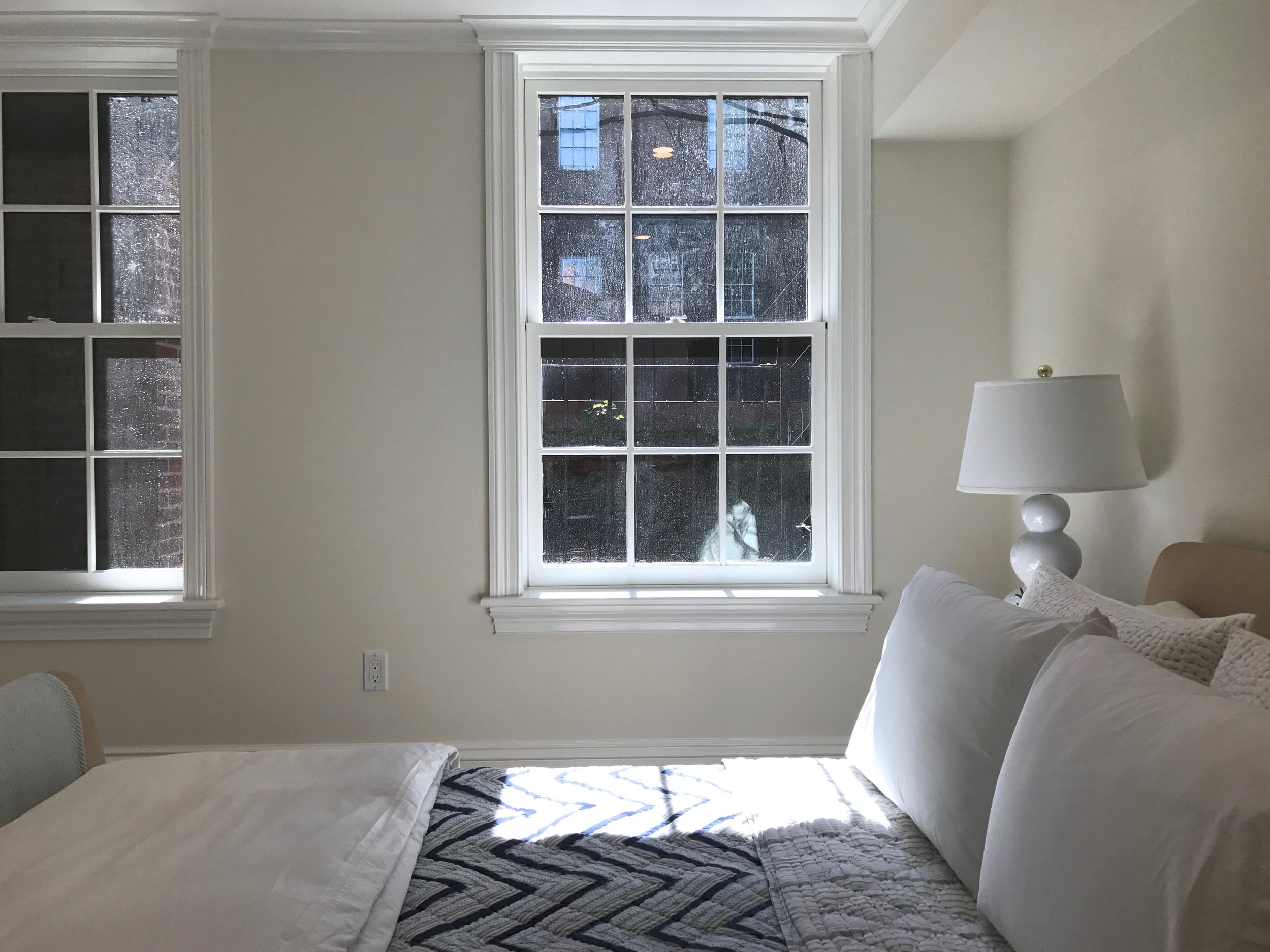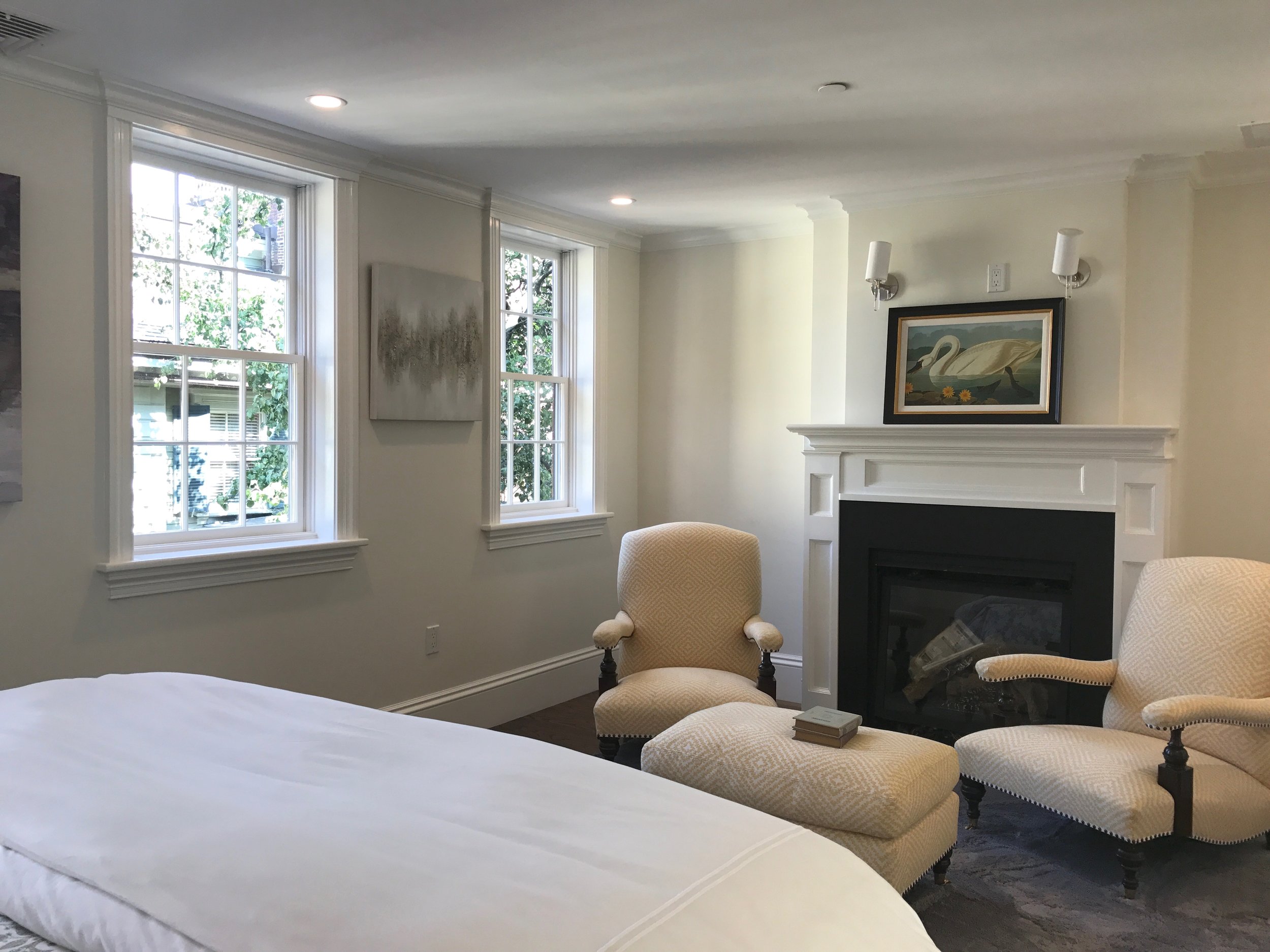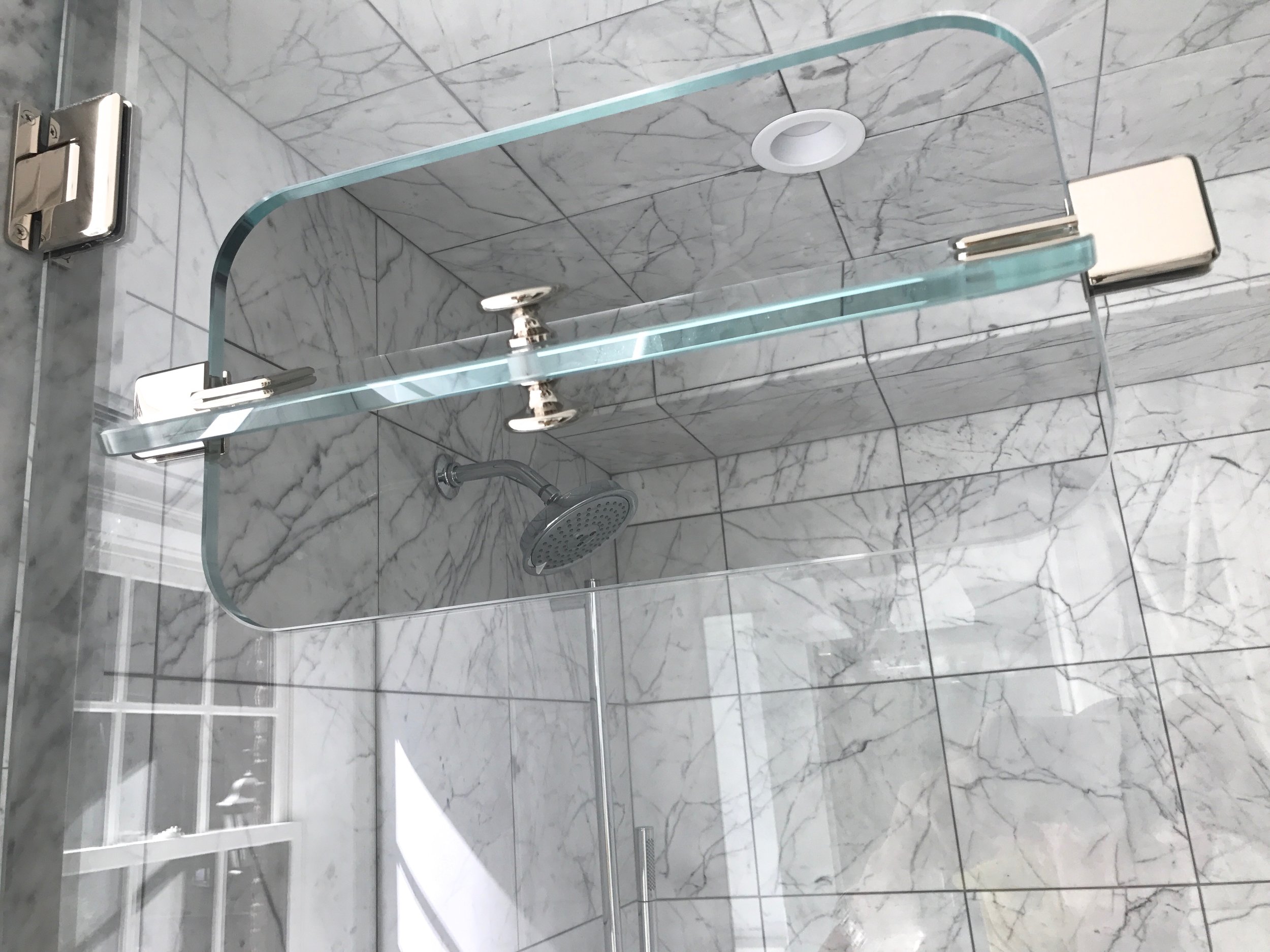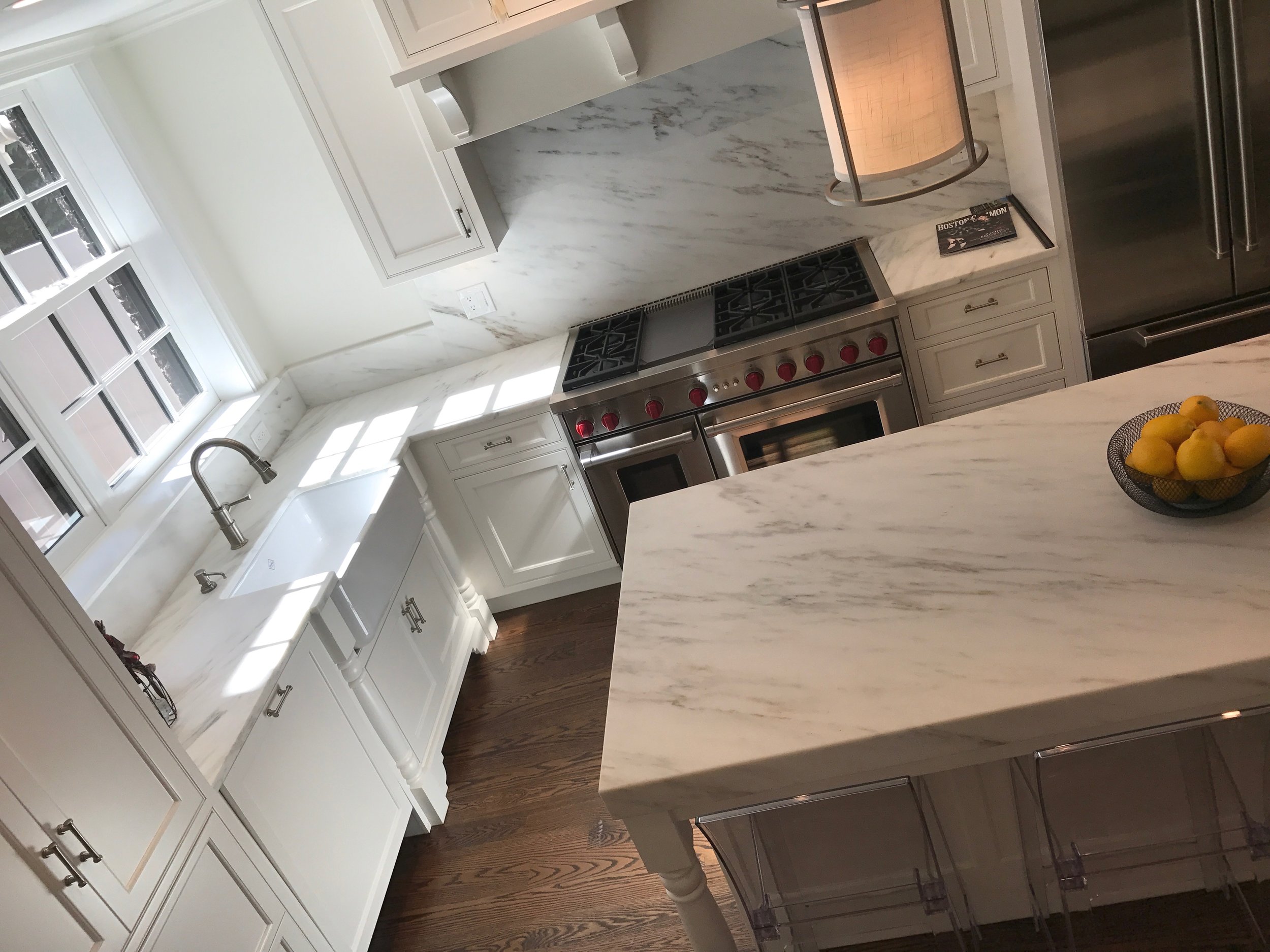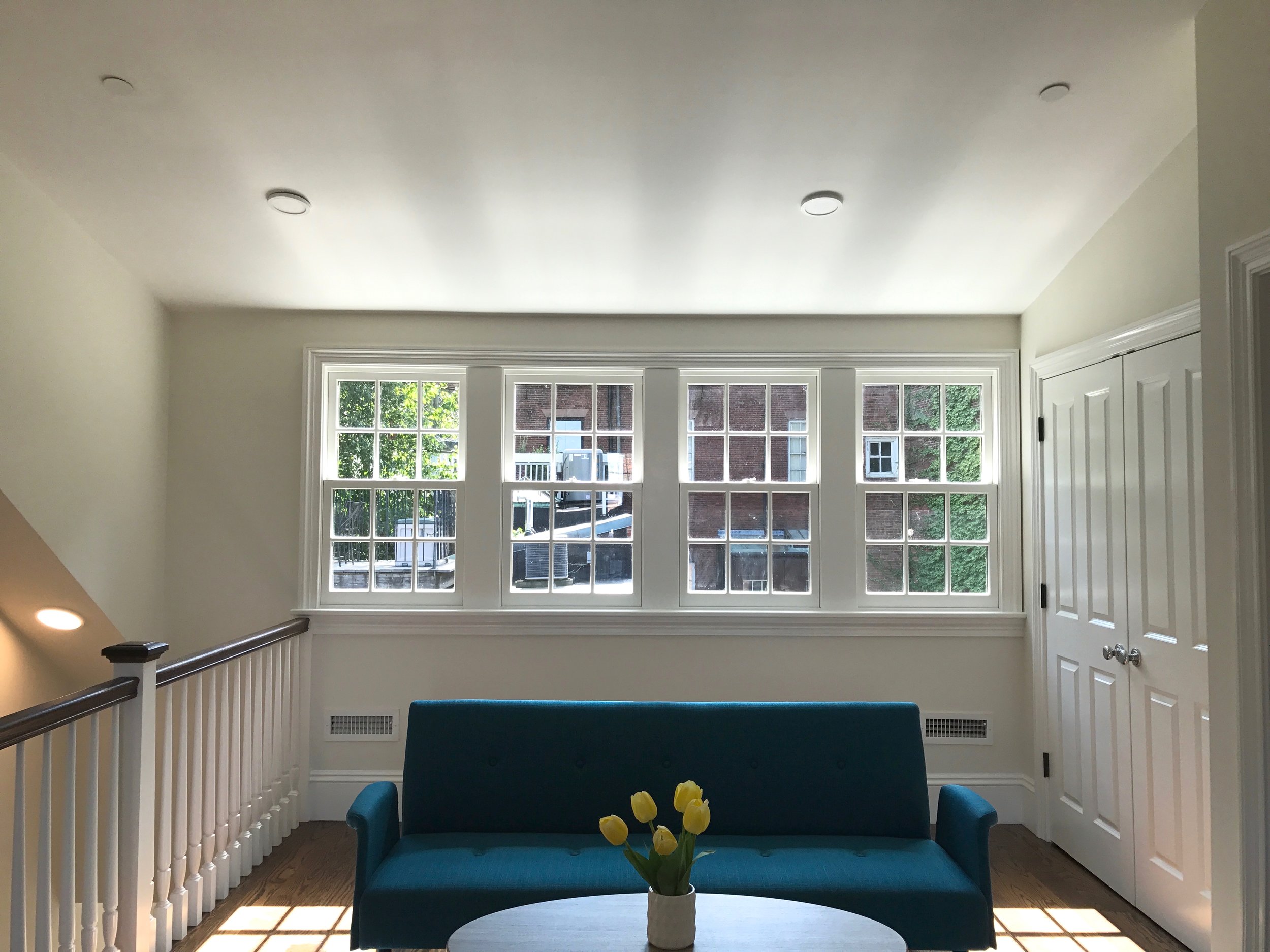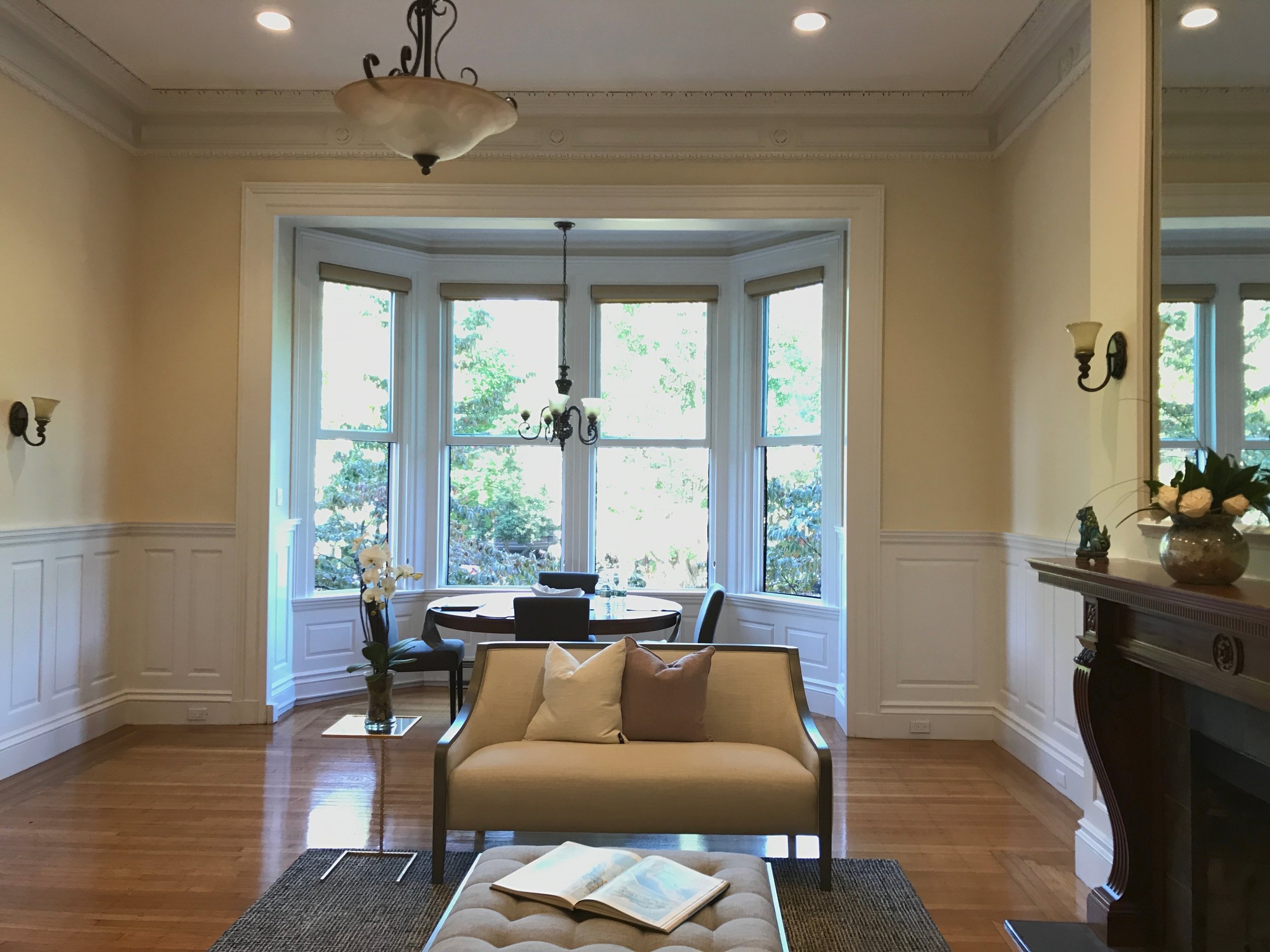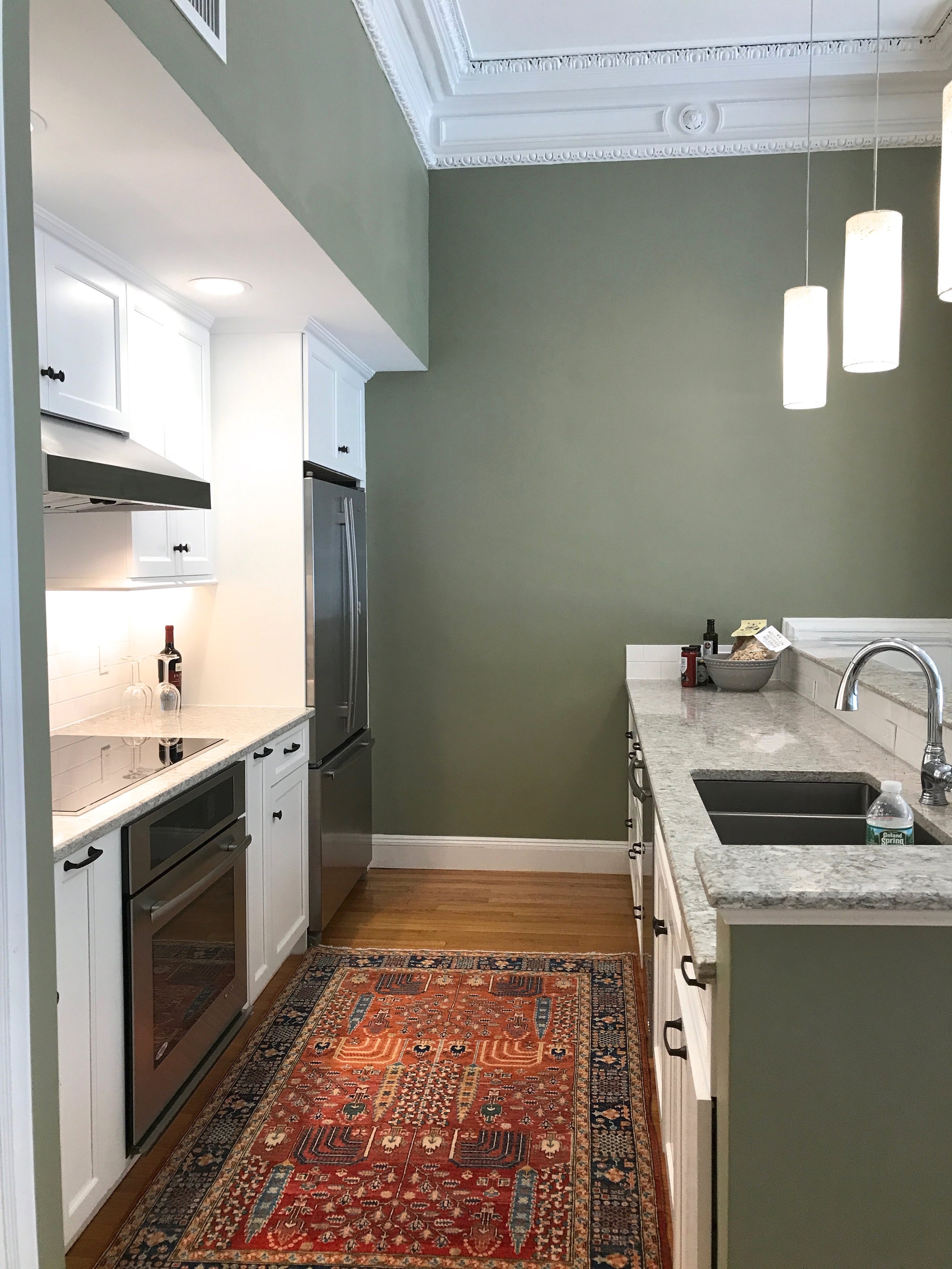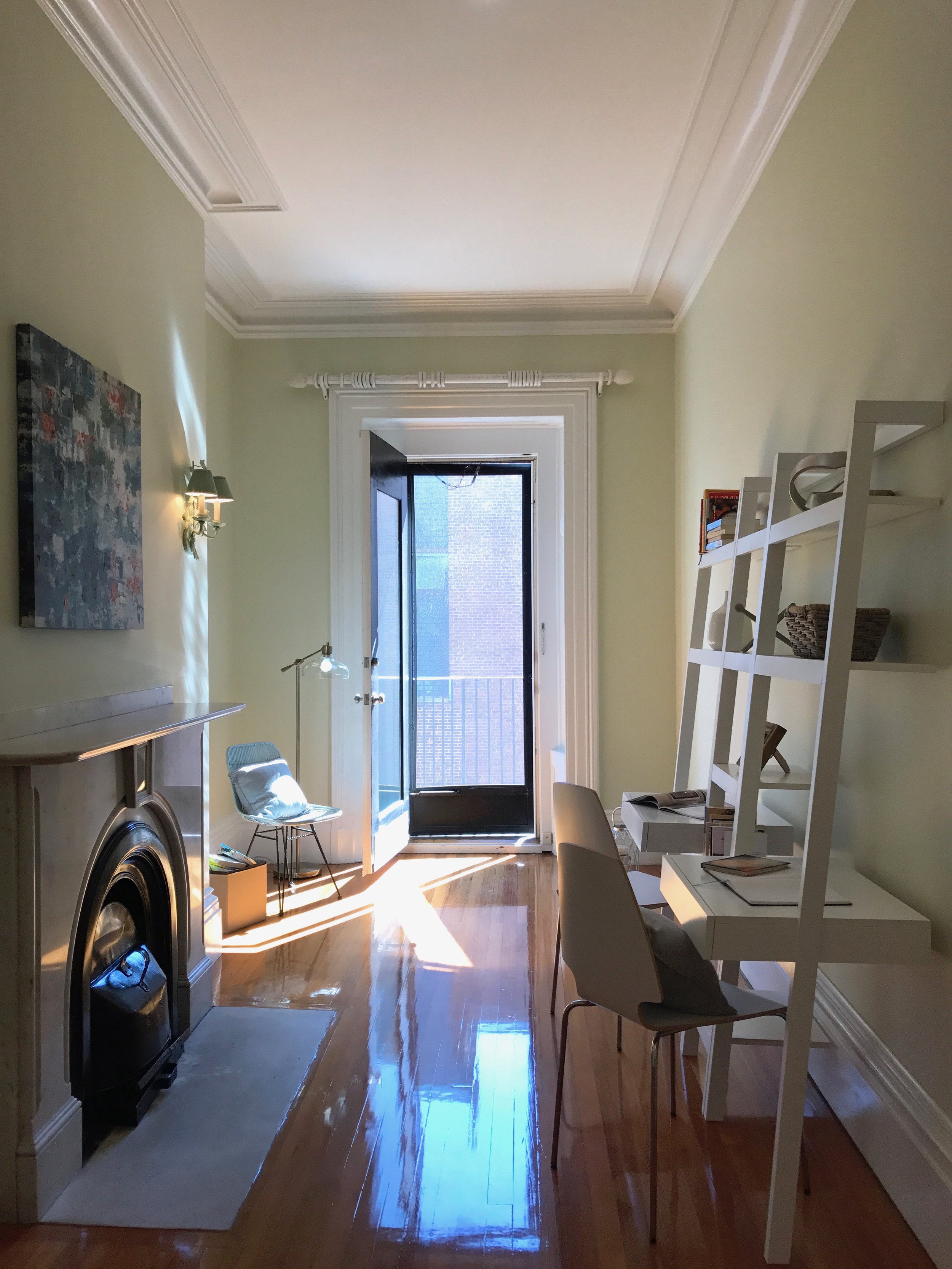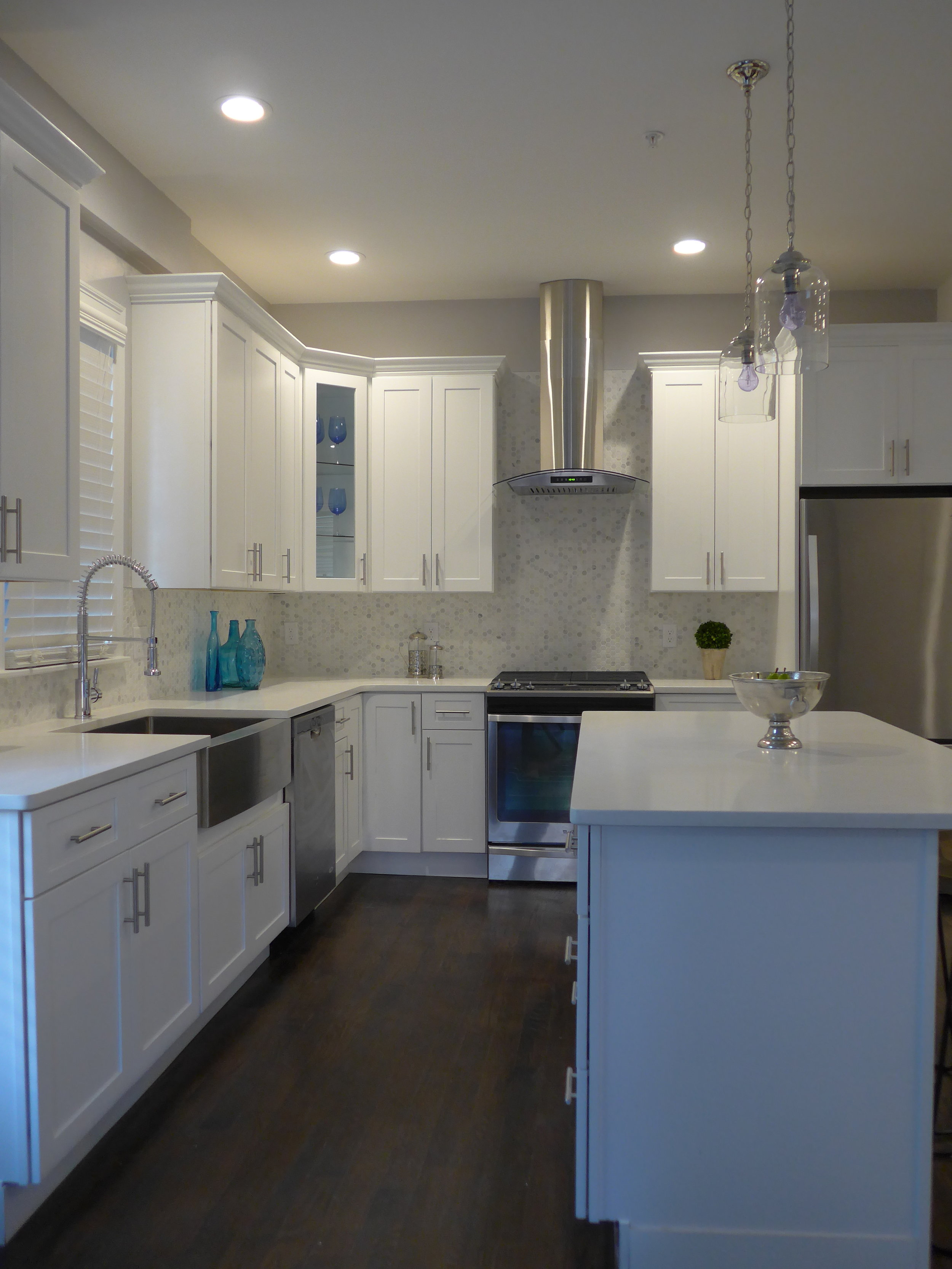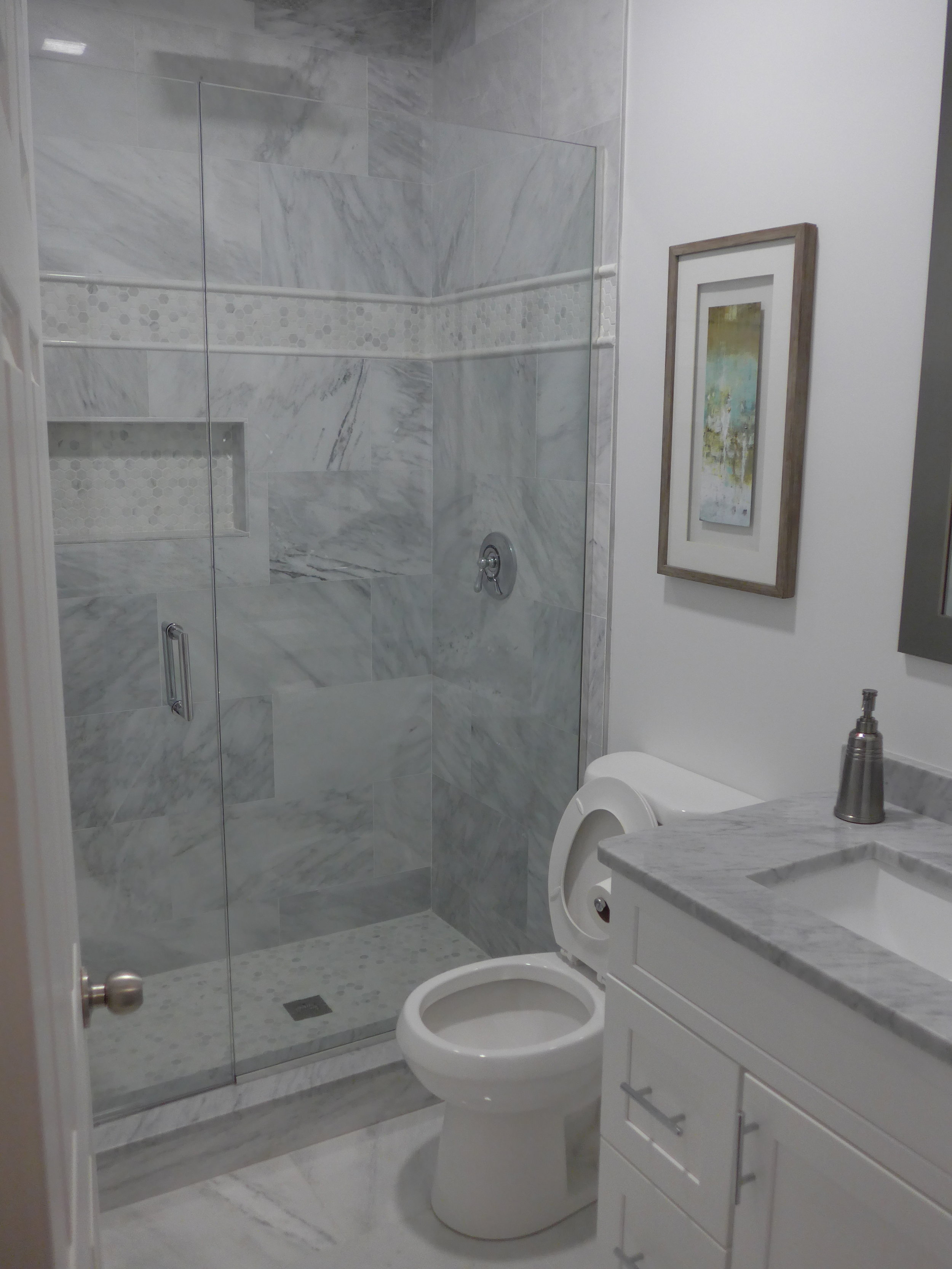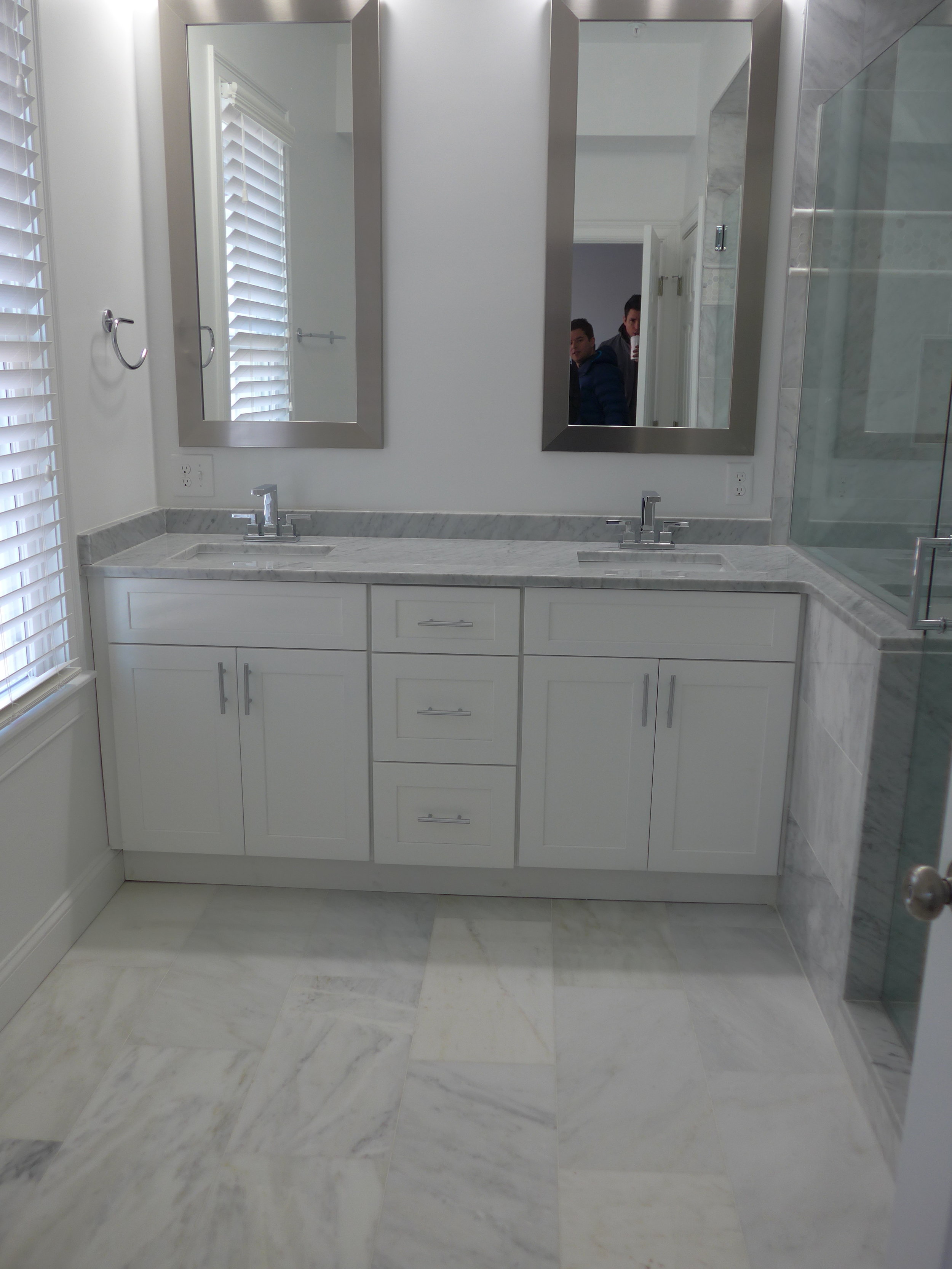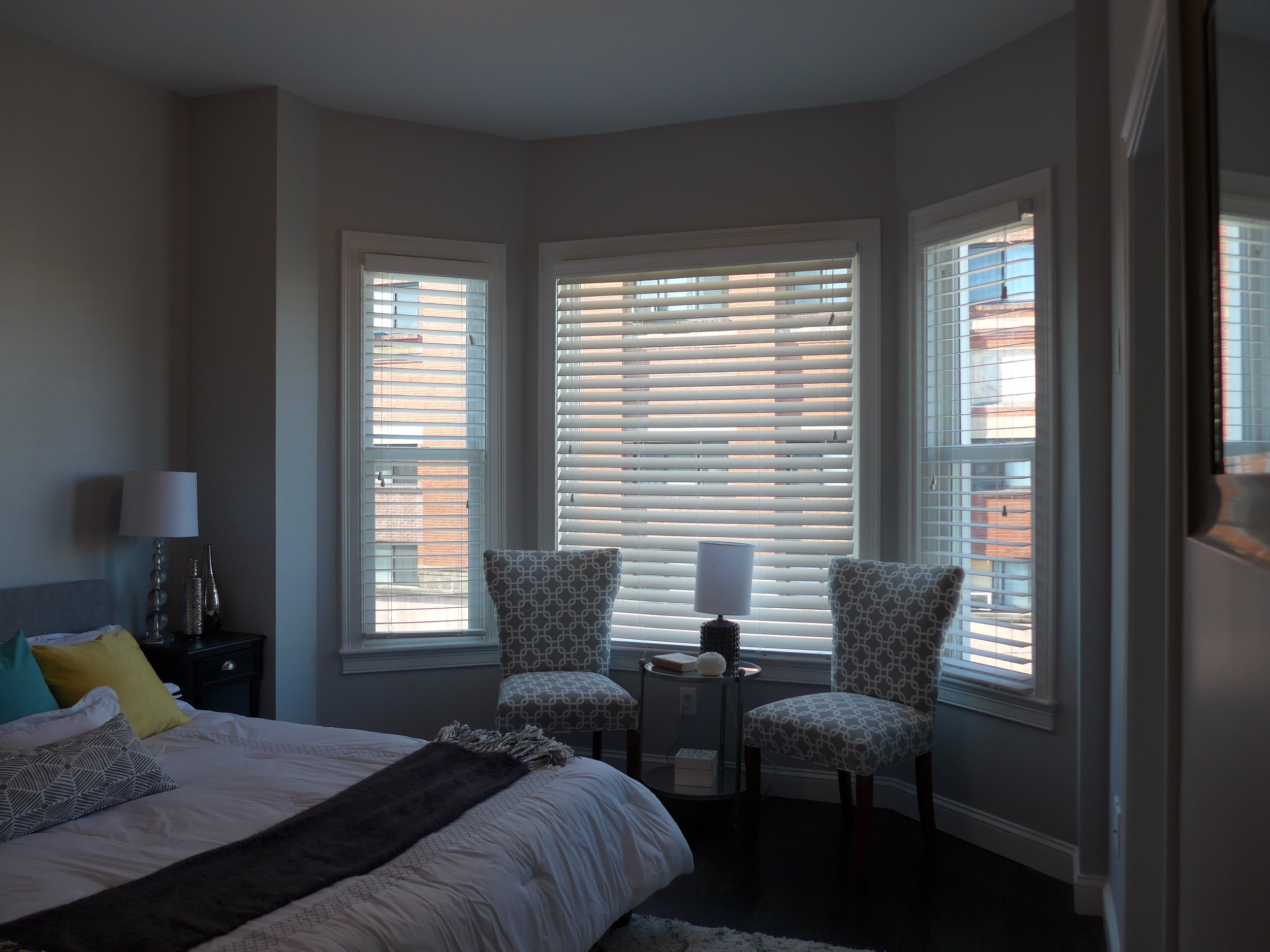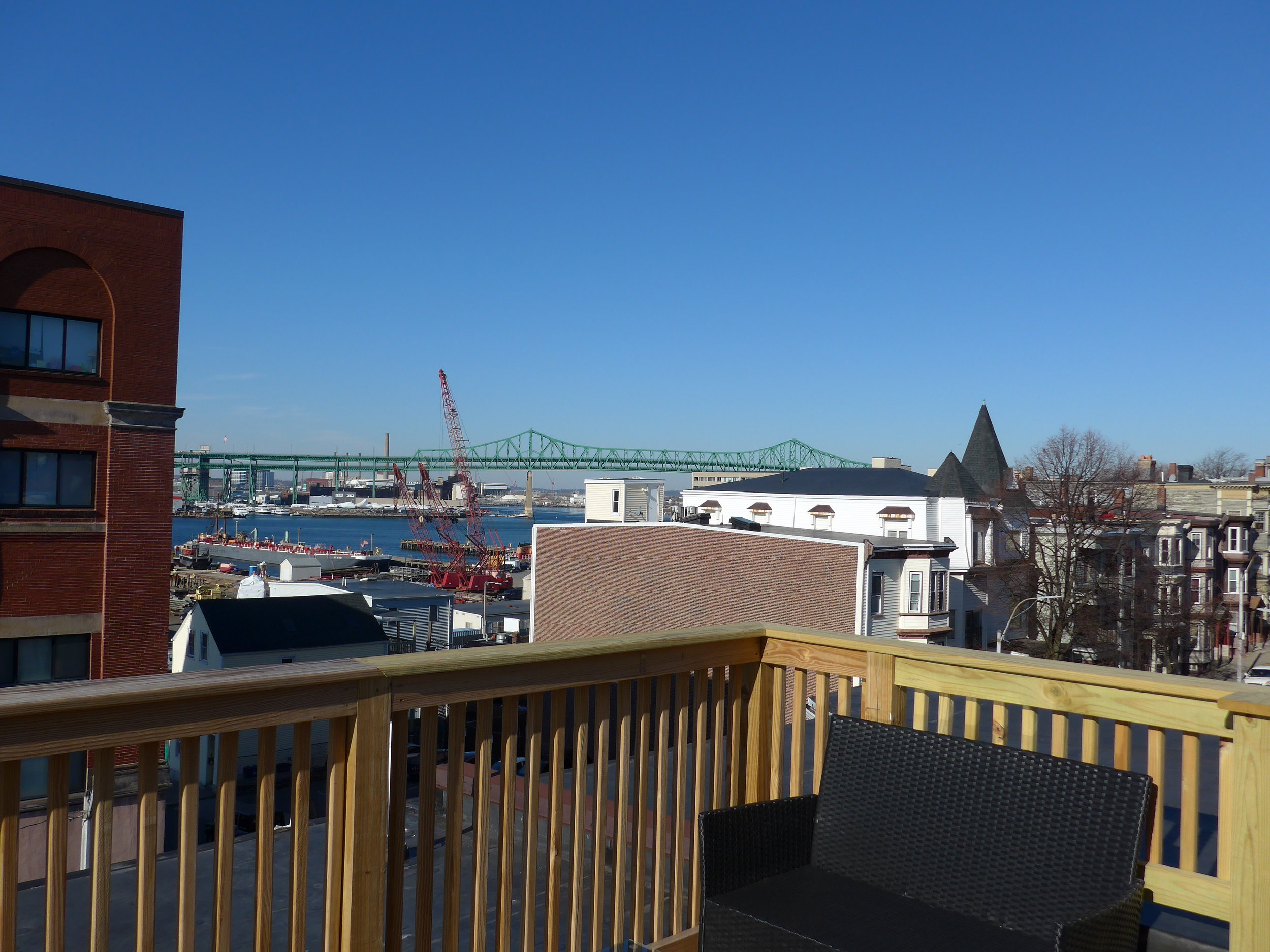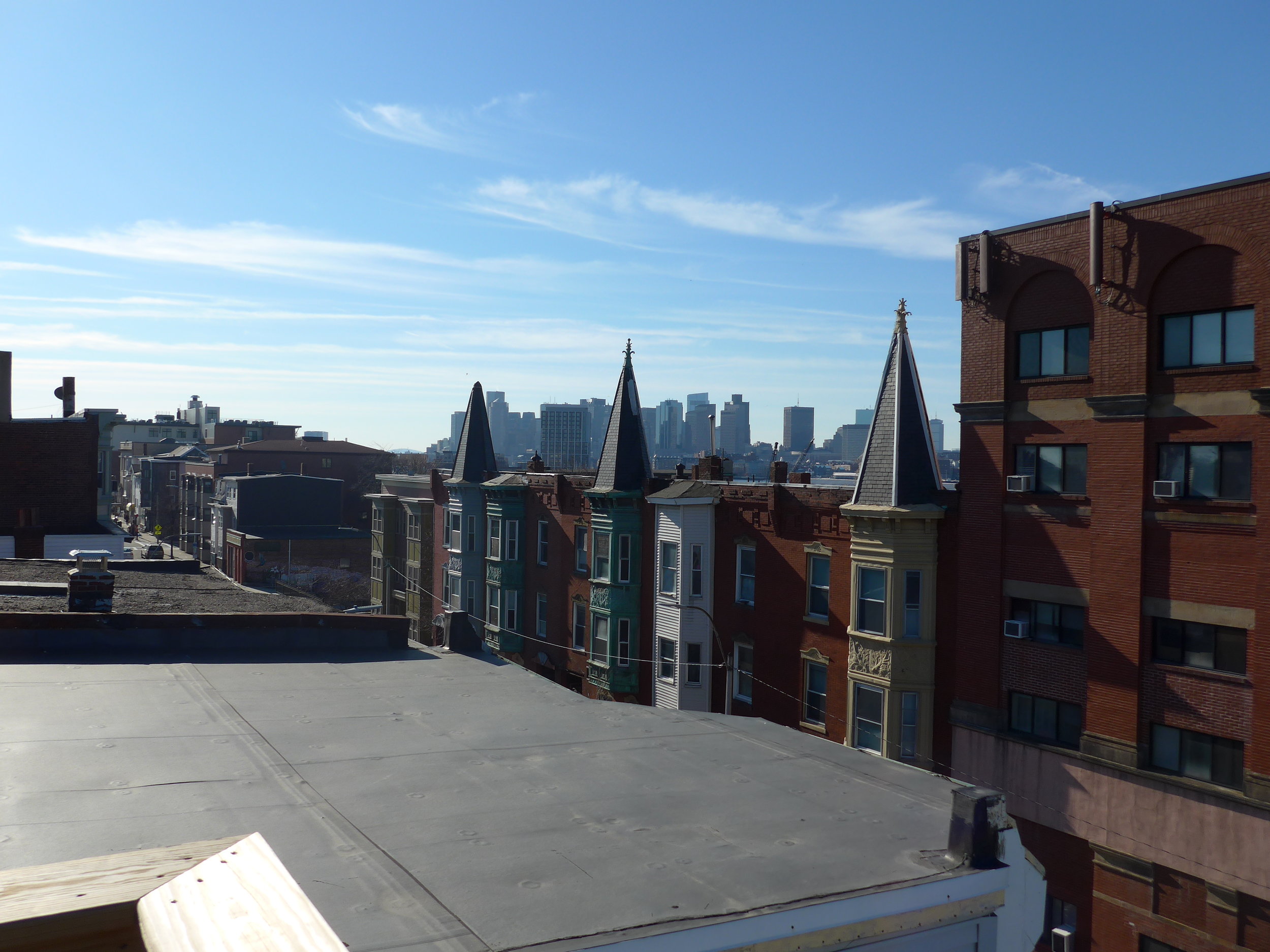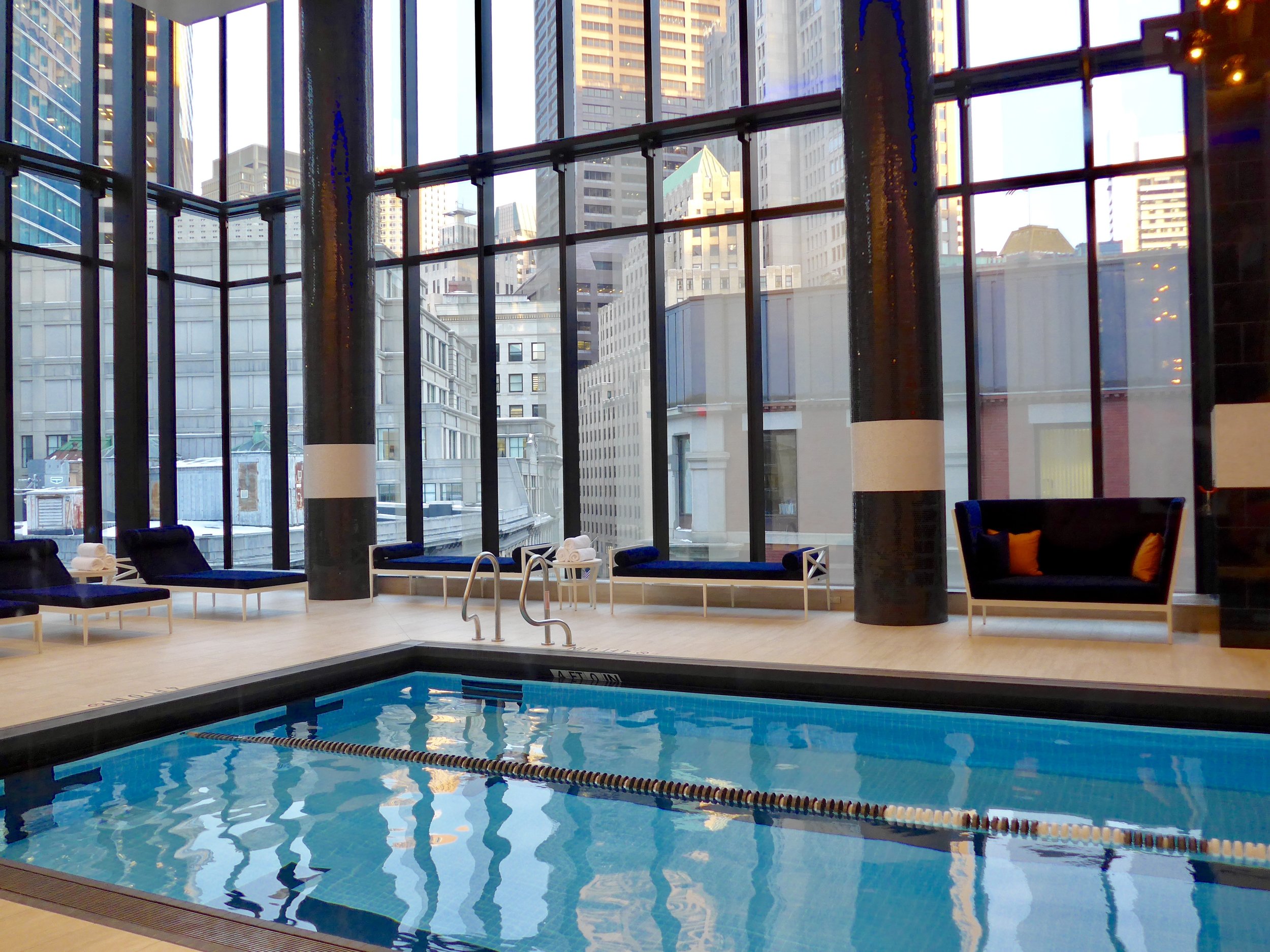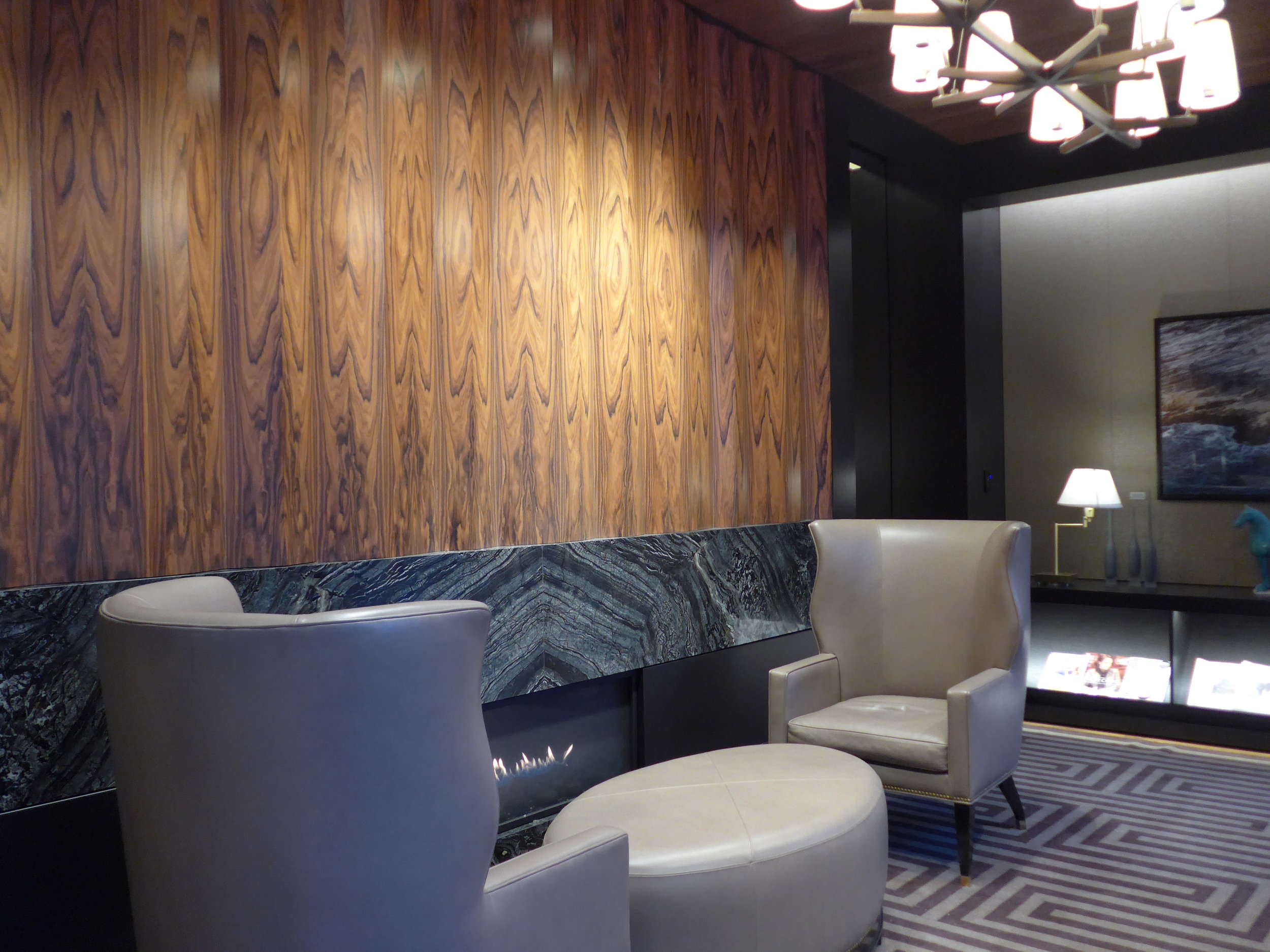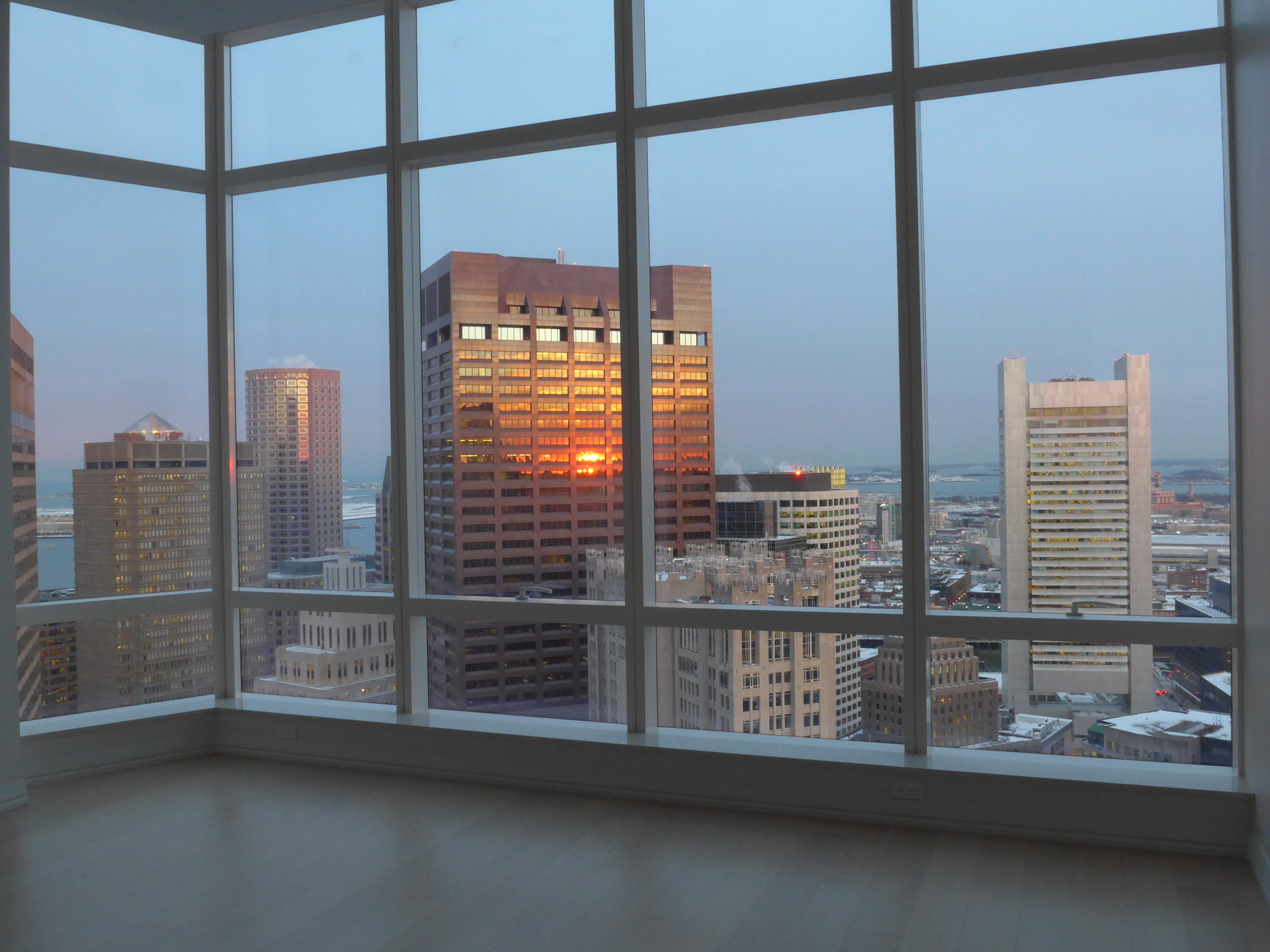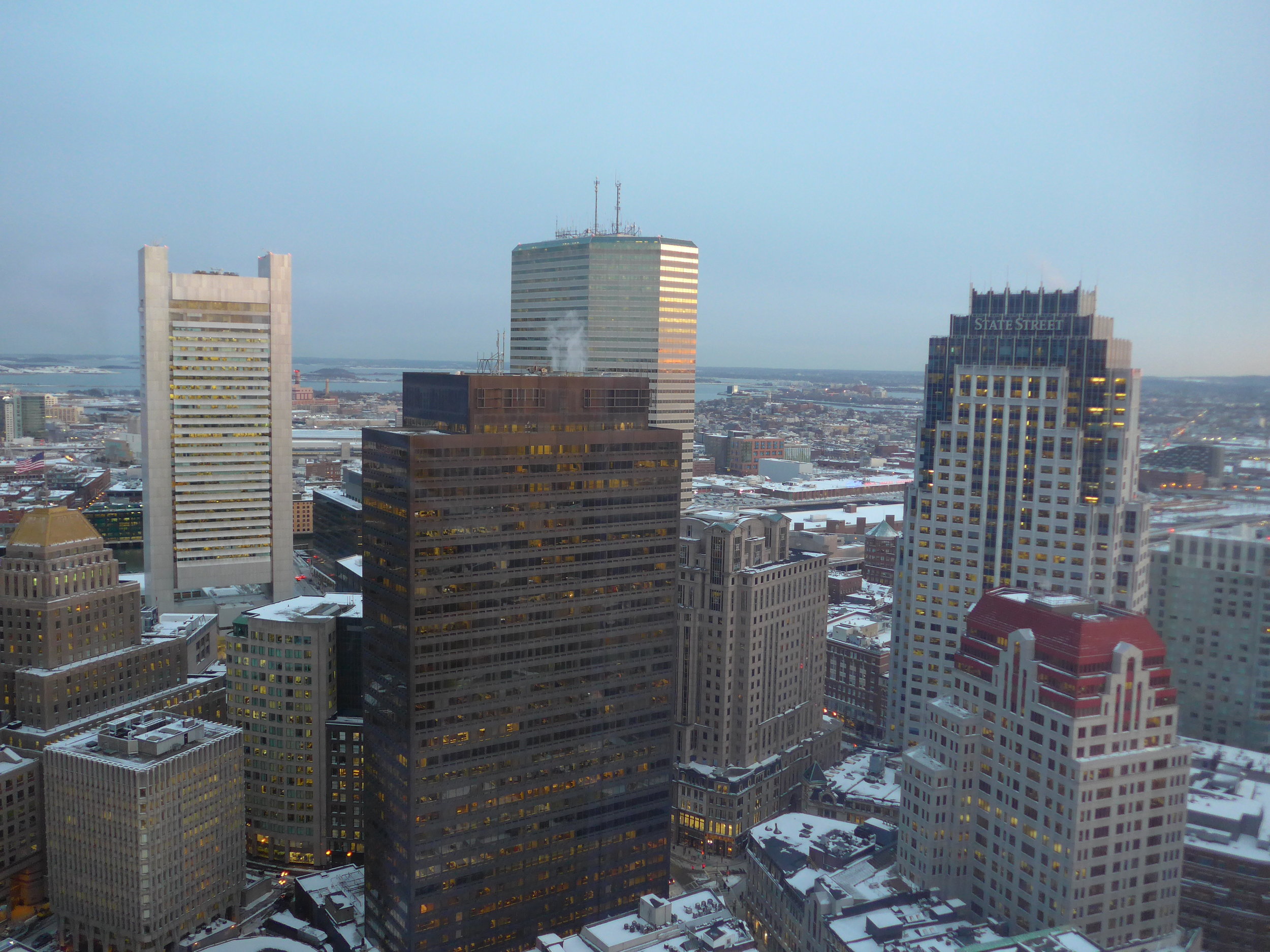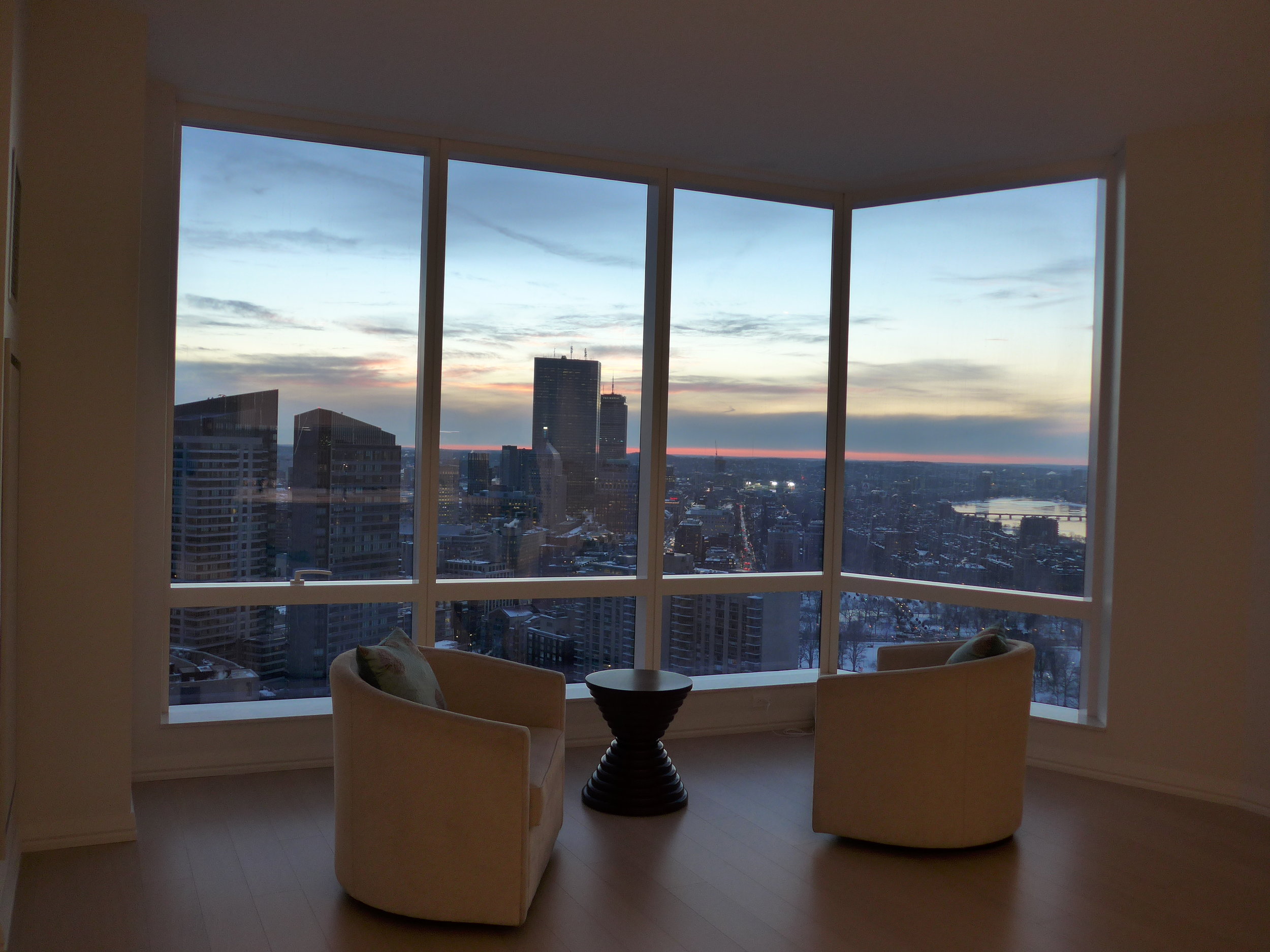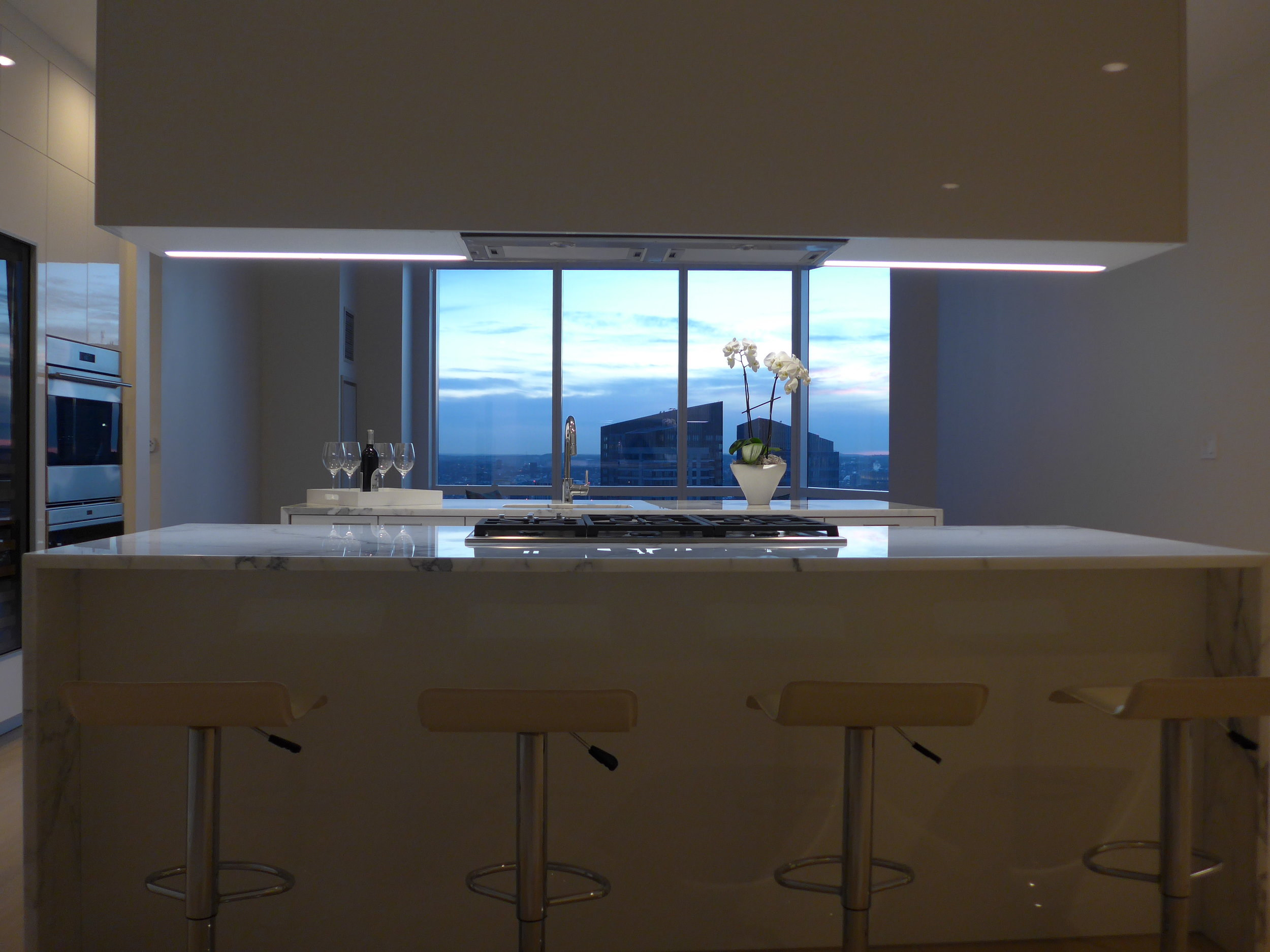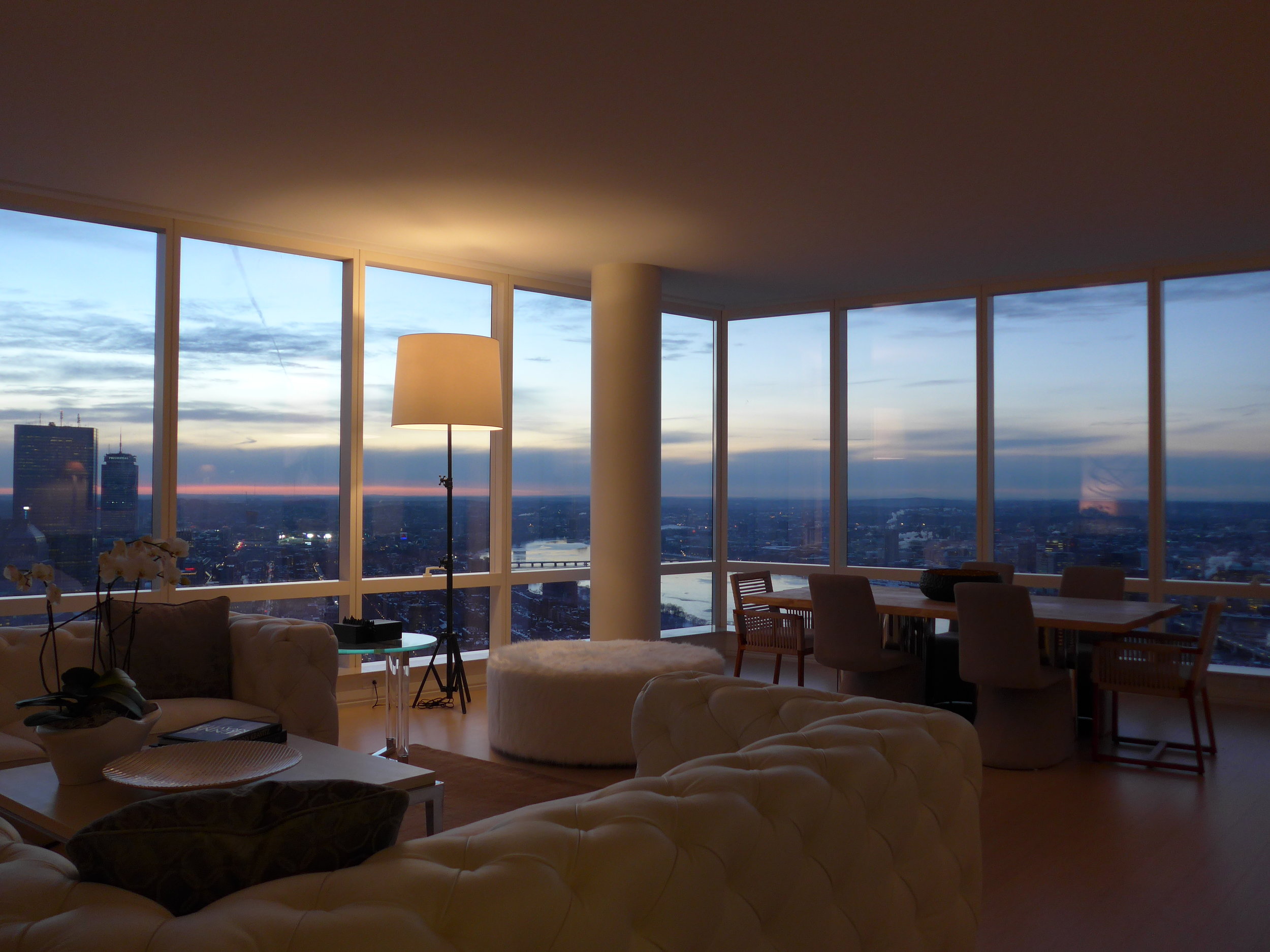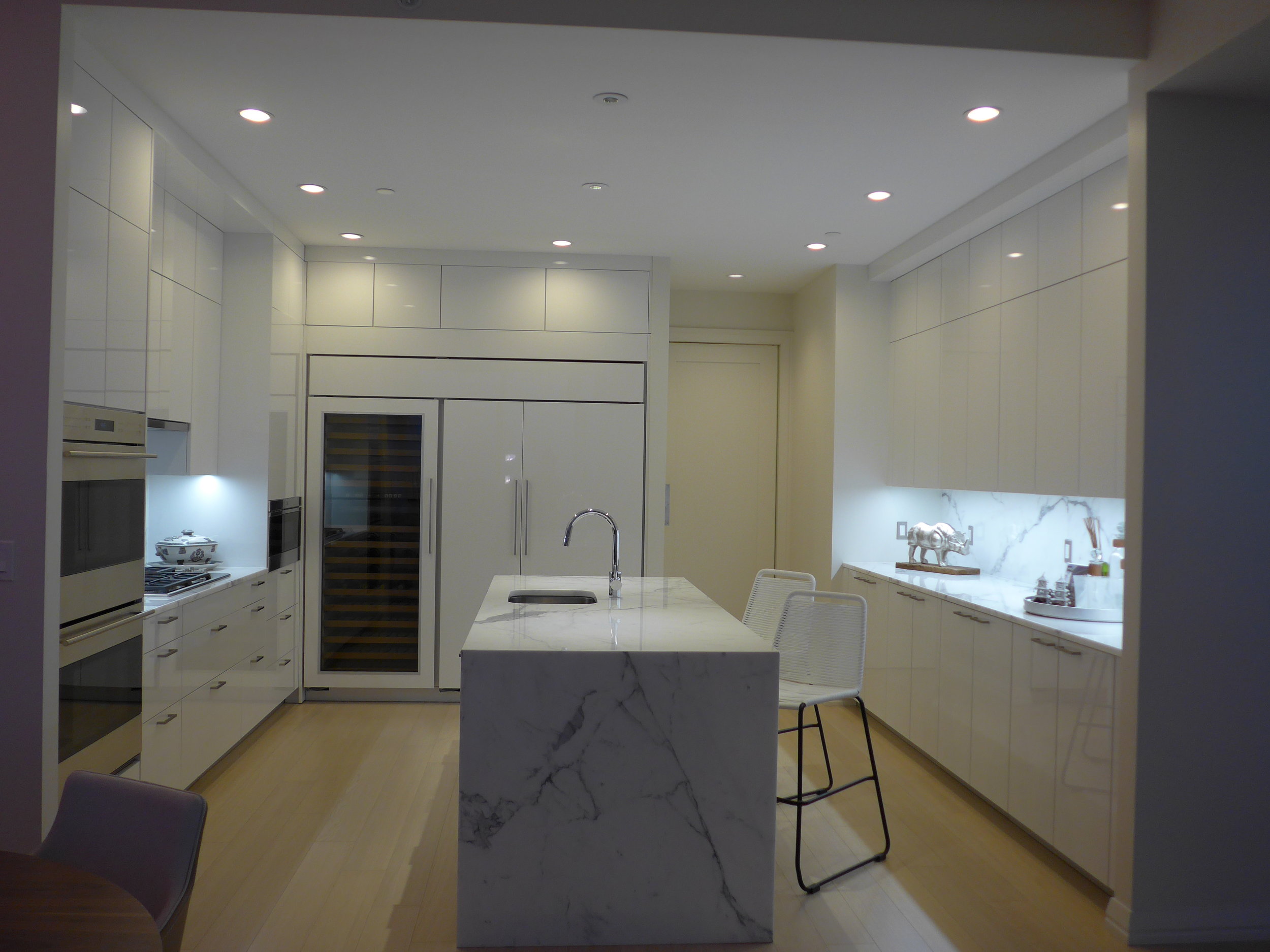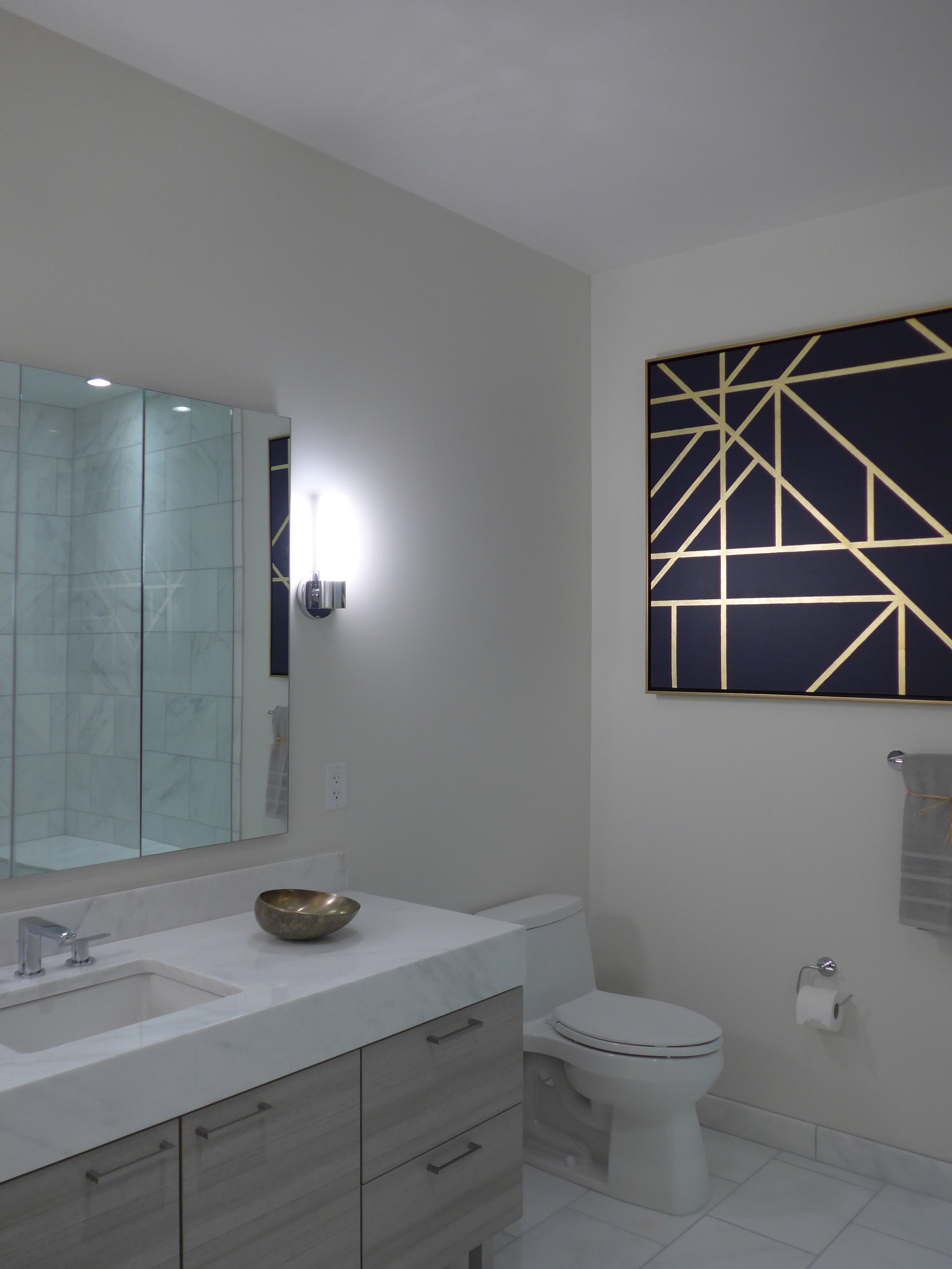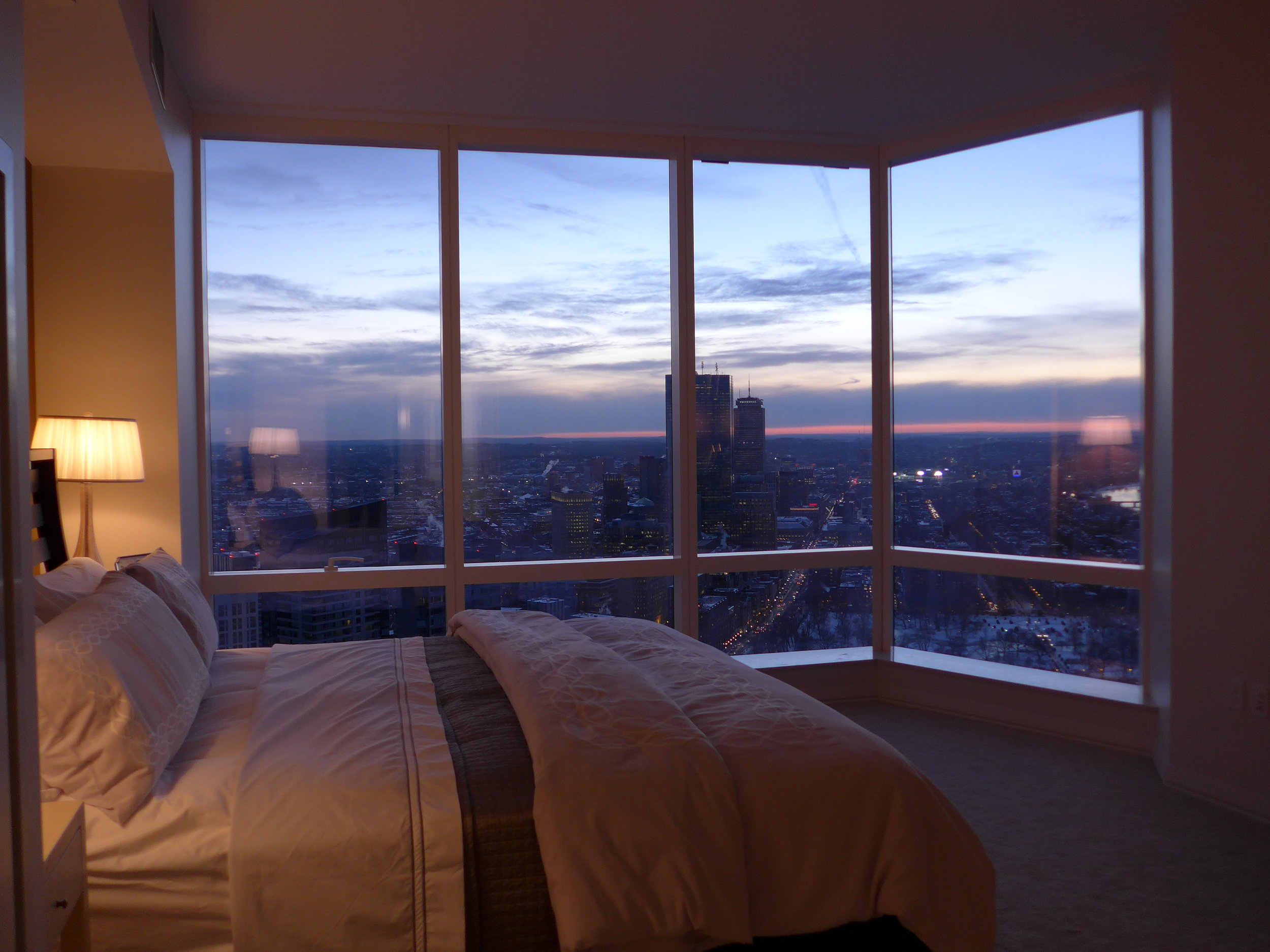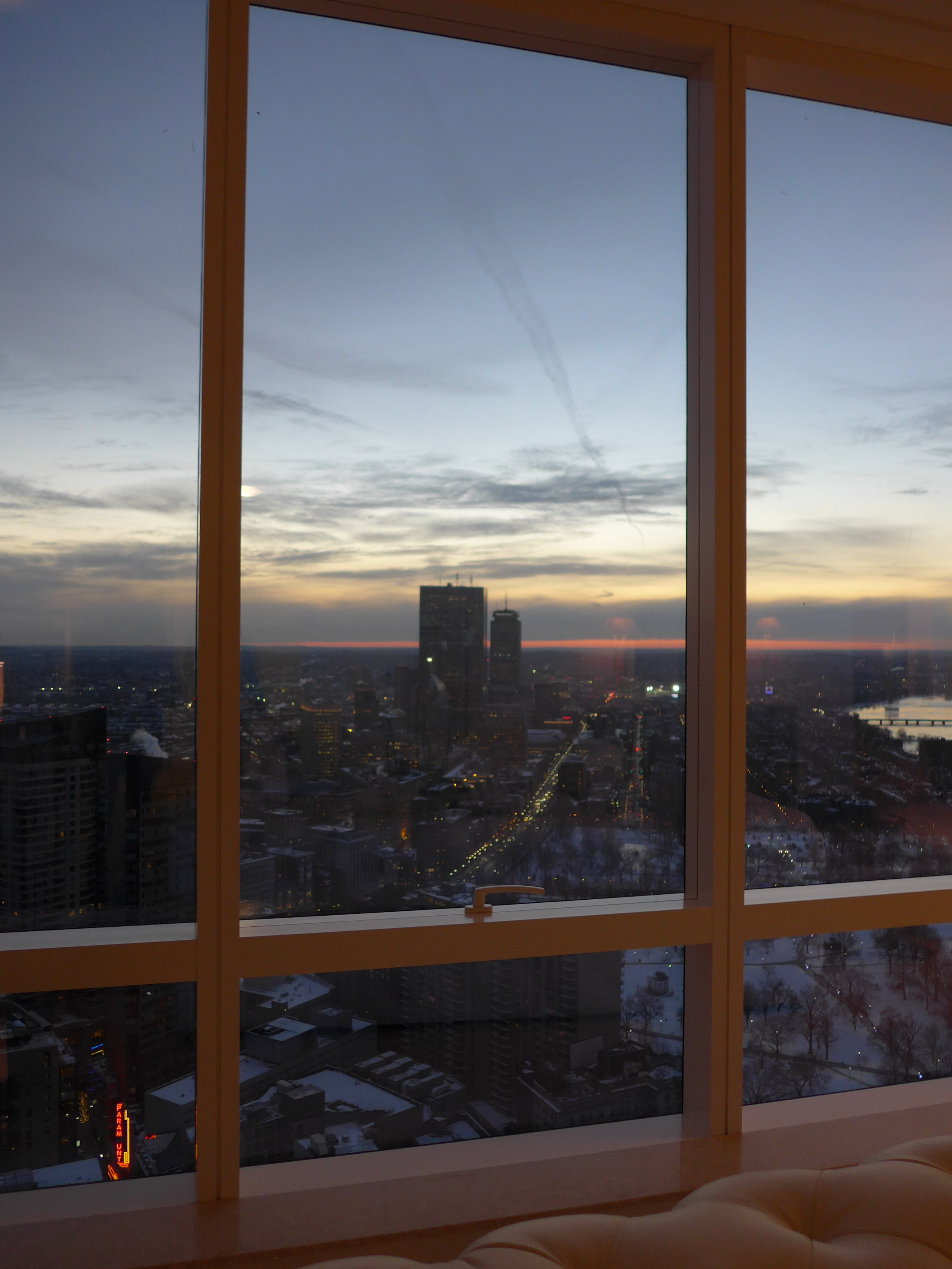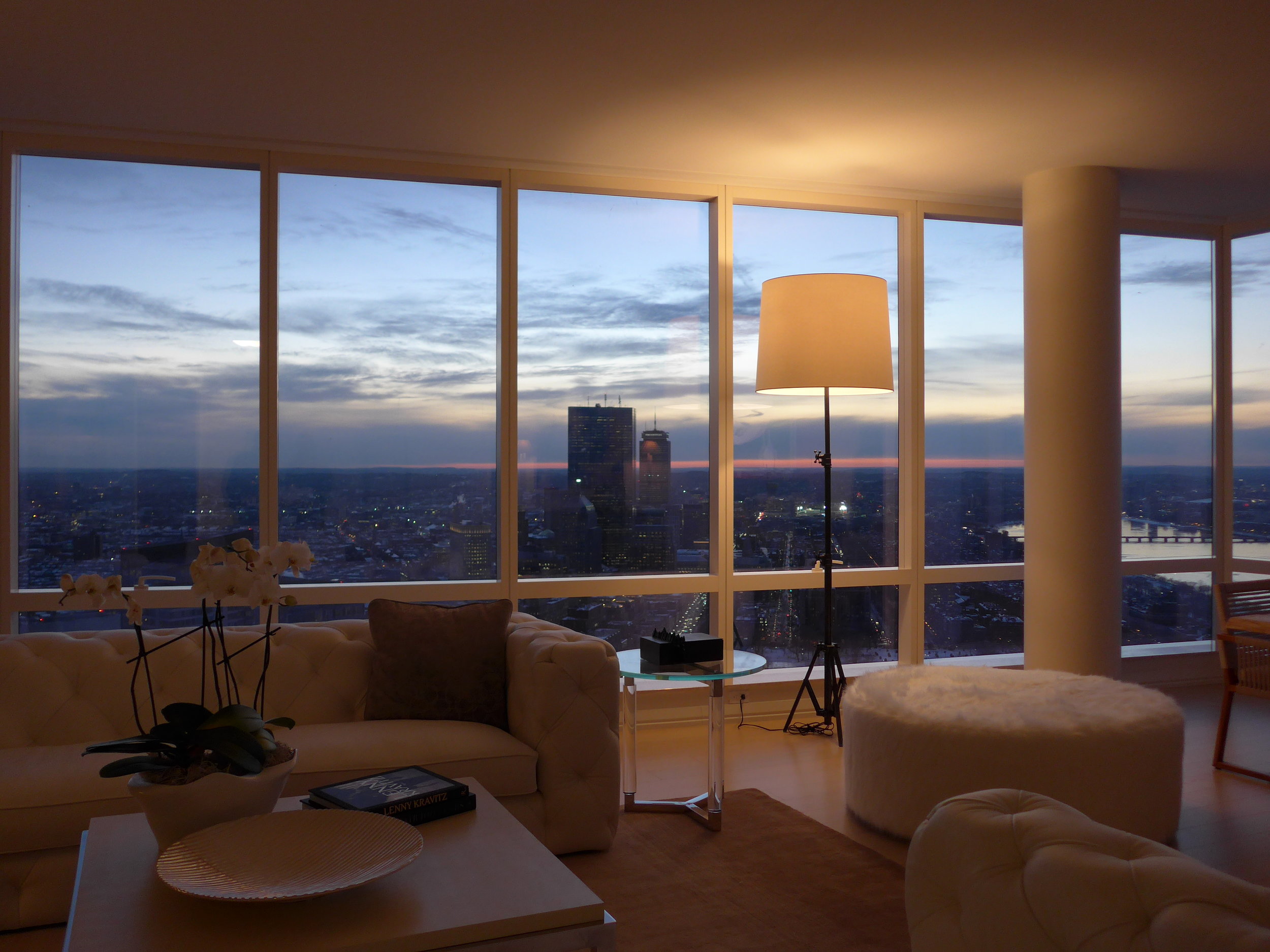Can You Buy a Home With Bitcoin?
The answer is, yes. But there’s more to it than that. There are a variety of ways you can do this, and it extends beyond just Bitcoin to other cryptocurrencies as well, like on the Ethereum network. For this post, I’m going to stick to Bitcoin. These methods will be very similar for a variety of cryptocurrencies.
Bitcoin-Bitcoin
There are three main ways that you can use your Bitcoin to buy a home. The first and most obvious is, to just pay with Bitcoin. You get a new home, the seller gets Bitcoin. It’s pretty straightforward. (For the sake of this post, I’m assuming if you’re paying in Bitcoin, there is no mortgage contingency.) The tough part here, is finding someone willing to accept Bitcoin as payment. I’ll go into why a seller or buyer might want to trade in crypto in a future post. This is the most different in terms of how the transaction is carried out.
So you’ve got your coins, you found a home you want and the seller will take Bitcoin. Great. Now what? All the standard documents and contracts of a home sale are still required. The only thing that changes is payment. As a buyer, you can use a Bitcoin escrow service. However, this is still a very new industry and I think that there can be uncertainty sending large sums of Bitcoin to relatively new and unknown companies. That doesn’t mean there aren’t any trustworthy services, but at the end of the day you’re still sending your coins to a stranger. Just a note, although an important one: Bitcoin transactions are irreversible. Once they’re on the blockchain, the deal is done. You don’t want to just send the Bitcoin to the seller.
The other option, is to forget escrow. This is where things get interesting. You can use a service like Bitraded to handle the flow of money. What they do, is process payment using multi-signature smart contracts. I’m not going to go into detail, but a smart contract is just “if, then” code. It’s kind of a misnomer because it’s not “smart” and it’s not really a contract. But I do see smart contracts playing a big role in real estate transactions in the near future.
Anyway, the way it works is like this. A buyer and seller find a third person to be an arbitrator or “trust agent.” Terms are agreed upon and a wallet is set up. This wallet is a 2 of 3 signature address. Money can be sent to the address, but 2 of the 3 signatories need to agree to release funds for payment. The buyer is requested to make the payment. The seller can confirm when the payment is made and can turnover the home. The funds are still locked until two of the three agents agree to release it. If the buyer and seller agree, then everything goes smoothly and there’s no need for the arbitrator. If they disagree, then the arbitrator steps in to determine if funds should be released to the seller or refunded to the buyer.
A few things to consider. Using Bitraded will be cheaper, as you’re not paying for an escrow service. The only fee would be whatever the arbitrator charges. The arbitrator does not have access to the funds, and can only decide to release or refund the payment. So that’s one way that paying with Bitcoin could actually save you money. Also, price is almost always determined in fiat currency. Until the closing, the risk is on the buyer. After closing, the risk is on the seller.
Bitcoin-USD
Here’s situation number two. You found a home. You want to pay in Bitcoin. The seller does not want Bitcoin. Well this is actually pretty easy. In this case, the price will be determined in fiat and it’s the buyers responsibility to stick to the agreed price, regardless of the volatility of the cryptocurrency market. All of the standard contracts and agreements are still in place. For this, you’ll use a service like BitPay. Once all the terms have been agreed to, BitPay send the buyer an invoice. The buyer pays the dollar amount in Bitcoin. BitPay accepts the Bitcoin and turns around and sells it for fiat. The seller is then wired the money. There are transaction fees for this, and it can get expensive for high value transactions
In this case, it’s easier to get traditional financing. You’ll just need be able to meet credit and income requirements. Keep in mind it might be tough to get a good rate from a traditional lender if you’re using your Bitcoin as proof of income.
Cash
Which leads me to your third option for using your Bitcoin to buy a home. Just use cash, duh. Especially right now, there are plenty of people HODLing. They don’t want to sell. But that doesn’t mean you can’t buy a house using your Bitcoin. Let me explain. There are several companies out there that will lend you money, holding your bitcoin as collateral. BlockFi is probably the largest. Some offer up to multiple millions of dollars in credit. These are going to cost a little more than a traditional mortgage, but the process is way less invasive. You send them coins, they send you money. You pay back the money. There’s no credit check, or proof of income. You either have the coins, or you don’t. From there, it’s a standard transaction. Right now, I think this is probably the best way to do it. You get to keep your coins (theoretically) and you also get a home. You can do this for just the downpayment and also take out a mortgage, or just finance the whole house from Bitcoin.
That’s it! That’s the post!
Stay tuned for “Why would you want to buy your next home in Bitcoin?”
Please feel free to reach out with any questions about this article or crypto and real estate in general. I love to talk about it! 617 528 8461 or willy.charleton@nemoves.com







